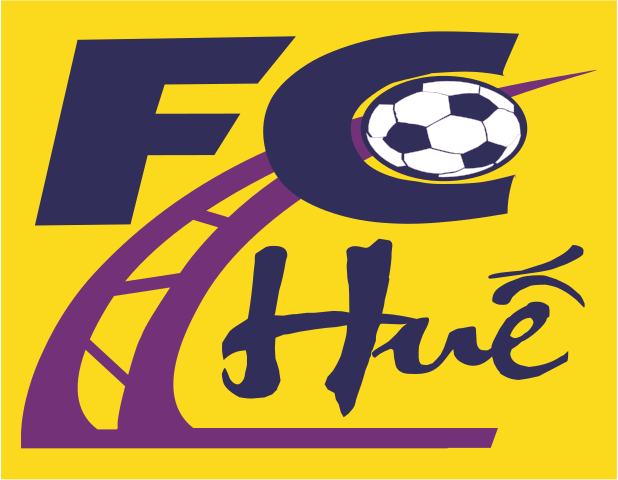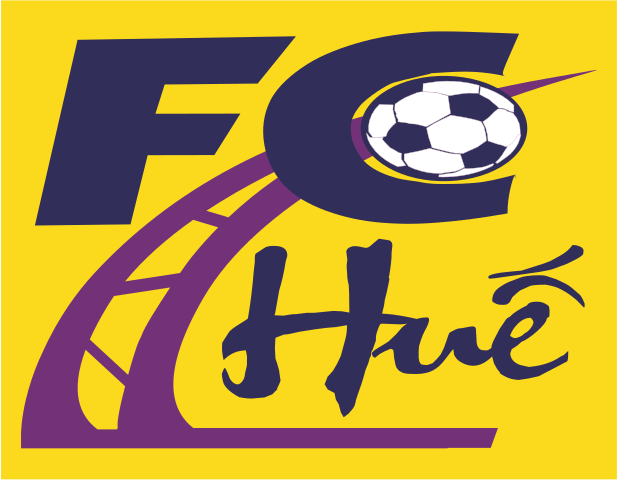The global Lace Fabric Market is experiencing a wave of transformation, fueled by evolving fashion trends, increasing demand for premium textiles, and a growing focus on artisanal craftsmanship. Once limited to formalwear and luxury segments, lace fabric is now penetrating mainstream apparel, home décor, and even the fast-fashion industry—setting the stage for expansive global market growth.
According to recent insights, the market was valued at approximately USD XX billion in 2024 and is projected to reach USD XX billion by 2032, growing at a steady CAGR of XX% during the forecast period. The surge in bridal fashion, demand for customized garments, and the rising popularity of lace accents in upholstery and curtains are contributing to this robust expansion.
Moreover, the fusion of traditional designs with modern fabric technologies has broadened the use of lace across multiple sectors. Innovations in textile manufacturing are enabling mass production while retaining the delicate appeal that lace is known for.
Key Drivers Fueling Market Expansion
-
Rise in Bridal and Occasion Wear: Lace remains a top choice for weddings and special events, driving sustained demand across cultures and regions.
-
Home Decor Integration: Lace is increasingly being used in curtains, tablecloths, and pillow covers, particularly in premium interior segments.
-
Popularity of DIY Fashion: Consumers are increasingly purchasing lace fabric for home sewing and customization projects, encouraged by online tutorials and trends.
Request a Sample Report:
https://dataintelo.com/request-sample/172716
Restraints Challenging Market Progress
Despite growing adoption, the Lace Fabric Market faces challenges that could limit its expansion in certain regions. The higher cost of premium lace materials makes it less accessible to price-sensitive consumers. Additionally, imitation fabrics are diluting the perception of quality in the market.
Environmental concerns surrounding synthetic lace production, particularly those made from polyester and nylon, are also influencing buying behavior. Increasing pressure on the textile industry to adopt sustainable practices may affect raw material sourcing and processing techniques.
Opportunities Driving Future Growth
Opportunities abound as the lace fabric industry embraces digital innovation and sustainability. Eco-friendly lace made from organic cotton, bamboo fibers, and recycled materials is gaining traction, especially in European and North American markets.
Technological advancements in embroidery machines, laser cutting, and 3D lace patterns are enabling new designs and faster production cycles. Moreover, emerging economies are witnessing a growing middle-class population with disposable income—creating new markets for mid-range and premium lace fabrics.
Emerging Trends Shaping the Lace Fabric Market
-
Sustainability Focus: Brands and manufacturers are shifting to biodegradable and low-impact lace materials.
-
Digital Design Tools: Computer-aided lace designing allows for customization and faster prototyping.
-
E-commerce Expansion: Online platforms are making lace fabrics more accessible to both retail consumers and boutique designers.
View Full Report:
https://dataintelo.com/report/global-lace-fabric-market
Regional Market Insights
-
Asia-Pacific: Dominates the lace fabric industry due to massive textile production hubs in countries like China, India, and Vietnam.
-
Europe: Maintains strong demand driven by bridal couture, traditional craftsmanship, and a rising preference for sustainable materials.
-
North America: Gaining momentum with the DIY fashion movement and increasing demand for home textiles.
-
Middle East & Africa: Experiencing growing demand for ornate lace in traditional and festive garments.
Each region is shaped by its own cultural dynamics, consumption patterns, and manufacturing capabilities. However, across the board, there’s a consistent appreciation for lace’s timeless elegance and tactile richness.
Check Out the Report:
https://dataintelo.com/checkout/172716
Market Segmentation Highlights
The Lace Fabric Market is segmented based on material, application, and end-use industry:
-
By Material:
-
Cotton Lace
-
Silk Lace
-
Polyester Lace
-
Nylon Lace
-
Others (Rayon, Blended)
-
-
By Application:
-
Apparel (Bridal, Casual, Lingerie)
-
Home Textiles
-
Crafts and Accessories
-
-
By End-Use:
-
Fashion & Apparel Industry
-
Interior Design & Home Furnishing
-
Retail Consumers
-
Textile Manufacturers
-
Among materials, cotton and silk lace dominate premium categories, while polyester and nylon are preferred in cost-sensitive and mass-market segments. Apparel continues to be the largest application, but home textiles are emerging as a fast-growing segment.
Technology and Innovation in Fabrication
Modern lace production is seeing rapid improvements. Laser-cutting, digital embroidery, and AI-driven design software are allowing manufacturers to reduce errors, increase output, and meet evolving consumer preferences quickly. The blending of lace with stretchable fabrics is also opening new doors in activewear and lingerie design.
The ability to incorporate intricate patterns into breathable, comfortable textiles is proving invaluable in today’s comfort-driven fashion landscape. These technological strides are helping manufacturers deliver both quality and scalability.
Conclusion: A Flourishing Future for the Lace Fabric Market
The Lace Fabric Market is embracing a future marked by innovation, cultural revival, and diversification. With growing demand across fashion, home décor, and DIY applications, the market offers lucrative opportunities for stakeholders who prioritize quality, creativity, and sustainability.
As global consumers increasingly seek elegance with ecological consciousness, lace fabrics—both traditional and modern—are set to retain their charm and expand into new verticals. Dataintelo predicts strong market growth through 2032, driven by demand in emerging regions and continuous advancements in textile manufacturing.



